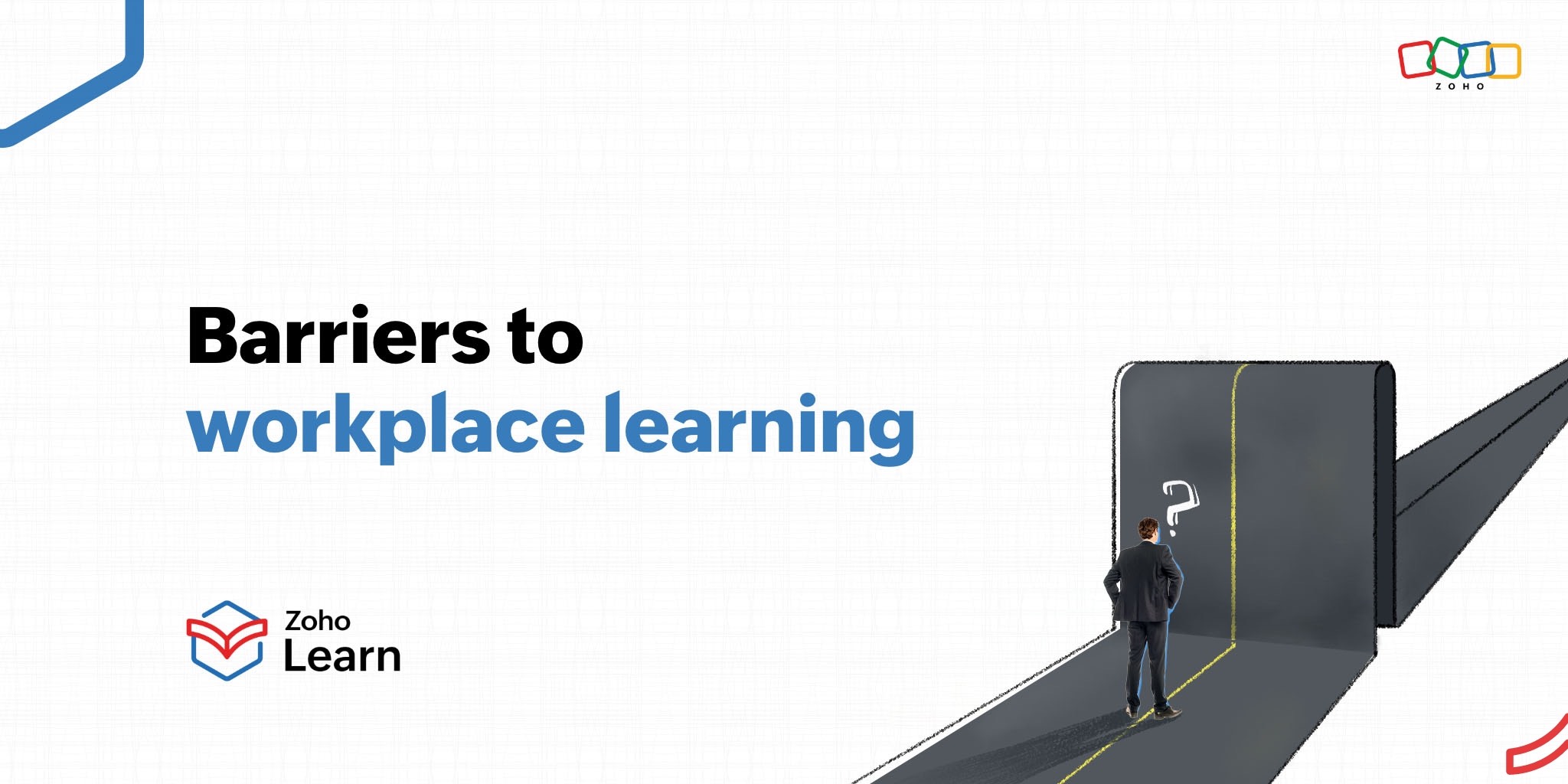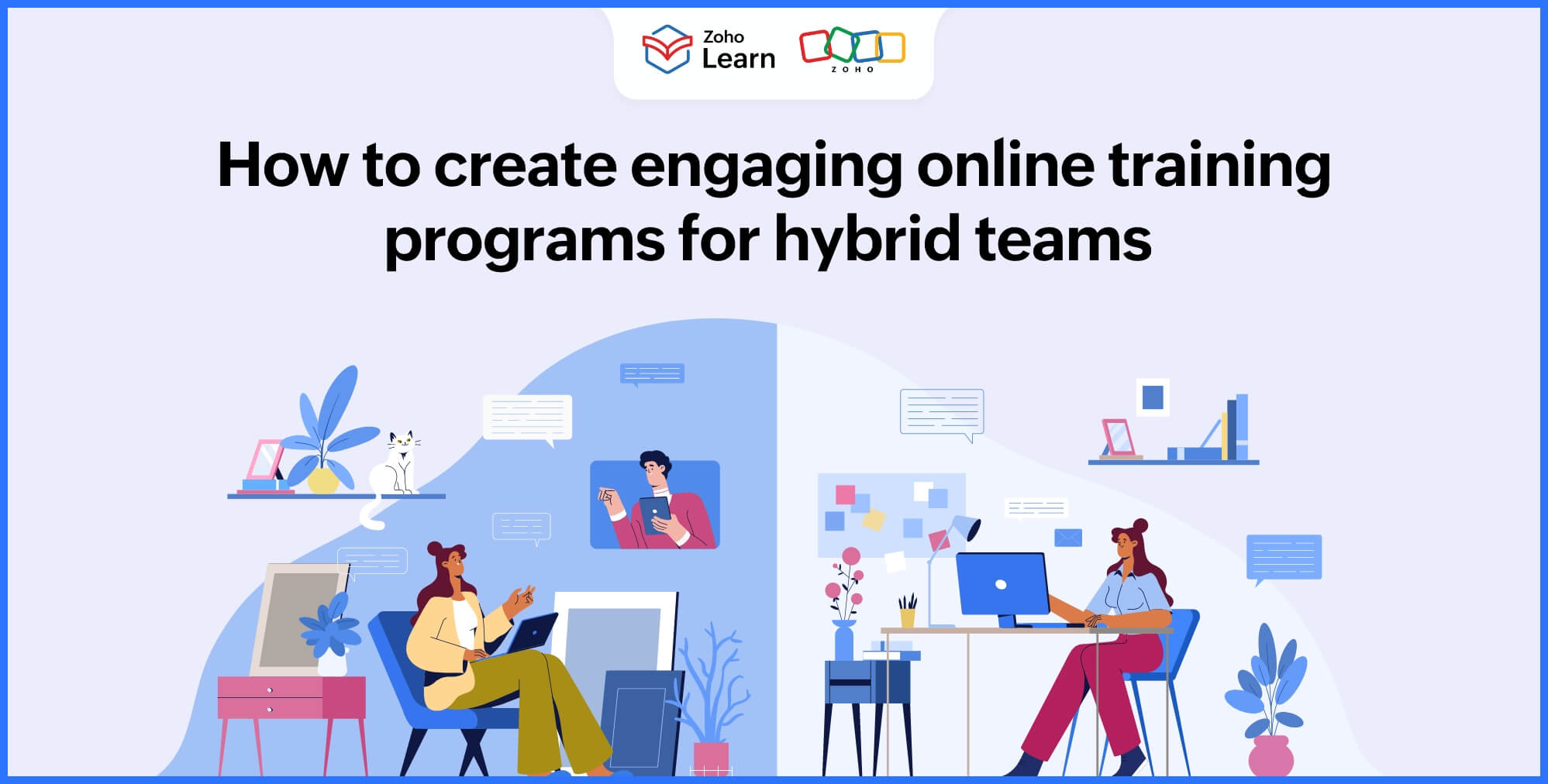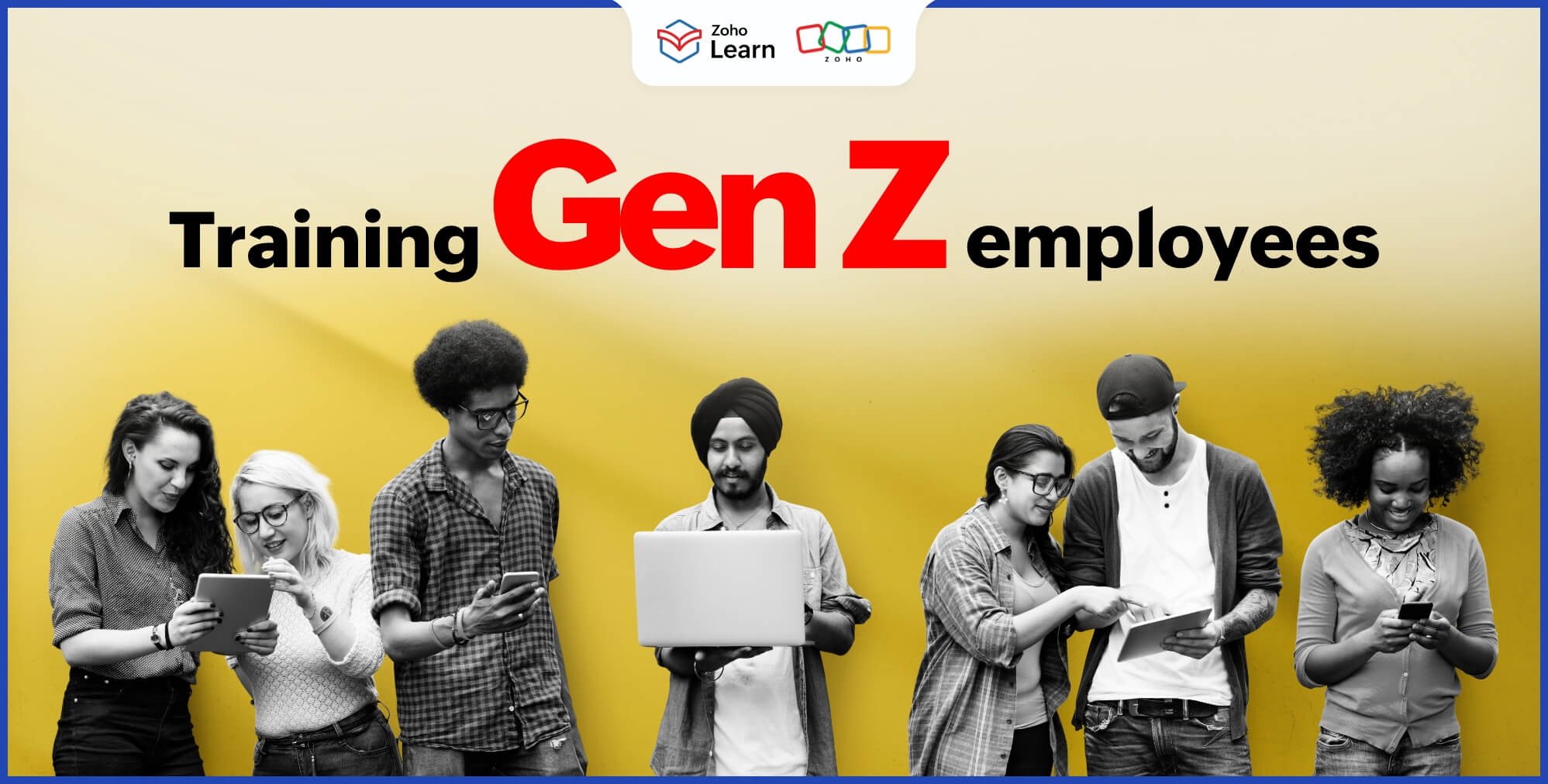Barriers to workplace learning
- Last Updated : April 8, 2025
- 977 Views
- 3 Min Read

In today's competitive business landscape, training proves to be a strategic investment for the success of employees and overall business growth. Effective training programs enable companies to develop a skilled workforce, enhance performance, and foster a culture of continuous improvement. It equips employees with the necessary knowledge and skills to excel in their roles and also drives engagement and retention.
Ensuring that employees across the organization have access to effective learning opportunities and creating suitable delivery methods are crucial responsibilities of organizations. However, various obstacles often hinder employees' active participation in workplace learning initiatives. By recognizing and addressing the barriers, organizations can enhance learner engagement and accomplish the goals of training programs.
Factors affecting workplace learning
Resistance to change
Employees may feel comfortable in their current routines and resist any disruptions in their day-to-day activities. They may not actively participate in training designed for learning new skills or adopting new technologies.
Fear of failure
Unpleasant previous experiences or self-doubt can stop employees from exiting their comfort zones. They may hesitate to explore new areas due to the fear of making mistakes or being judged by others.
Poor training design
Lack of variety in training or poor course delivery can hinder the learning process. When training becomes repetitive or monotonous, employees may disengage and find it difficult to retain information.
Providing unrelated training
Offering training that is irrelevant to employees' job roles or personal aspirations can create a significant barrier to workplace learning. Employees may perceive such training as a waste of time and may struggle to see its value in their professional development.
Cognitive and physical challenges
Individual cognitive and physical challenges can make the learning process more challenging or uncomfortable for some learners. Accessibility issues or inadequate resources for individuals with disabilities can hinder their ability to fully participate in training programs.
How can you overcome barriers to workplace learning?
Educate the importance of training
It's essential to educate employees about the value of continuous learning and how it can enhance their skills and productivity. This can help them understand the benefits of learning in their career advancement and encourage them to make learning a part of their routine.
Create a positive learning culture
Individuals in leadership roles need to foster a safe and supportive learning environment. They should help employees understand the value of learning from failures and promote a growth mindset. You can recognize and reward employees who actively engage in learning programs. This can foster an environment that encourages collaboration and continuous improvement.
Encourage social learning
Encouraging employees to engage in social learning by creating opportunities for collaboration and peer-to-peer knowledge-sharing can facilitate effective learning. Establish platforms such as online forums and discussion boards for employees to exchange ideas and learn from each other.
Adopt new training methods
Organizations should incorporate diverse learning methods, such as interactive sessions, simulations, game-based learning, and hands-on training. These methods can provide interactive and immersive learning experiences by catering to diverse learning styles and preferences. This helps keep employees engaged and enhances long-term knowledge retention.
Create personalized training
Every employee has unique learning needs and preferences. Organizations should align training programs with individual and organizational goals and provide targeted learning opportunities. Customized training plans that cater to specific job roles and personal growth can increase employee engagement.
Gamify learning
By integrating game elements such as challenges, rewards, and leaderboards into the learning process, you can make it more enjoyable and engaging for employees. Gamified learning experiences can boost motivation, promote healthy competition, and create a sense of achievement, all of which will lead to enhanced knowledge retention.
Design inclusive training
Organizations should prioritize inclusivity and provide necessary accommodations to ensure equal access to learning opportunities. Employing assistive technologies, modifying training materials, and offering flexible learning formats ensures that your training programs are accessible to all employees.
Wrapping up
Investing in your employees' learning journey can increase productivity and job satisfaction. By implementing these strategies, you can overcome barriers to workplace learning and create an environment that fosters continuous growth and skill development, resulting in the overall success of the organization.


